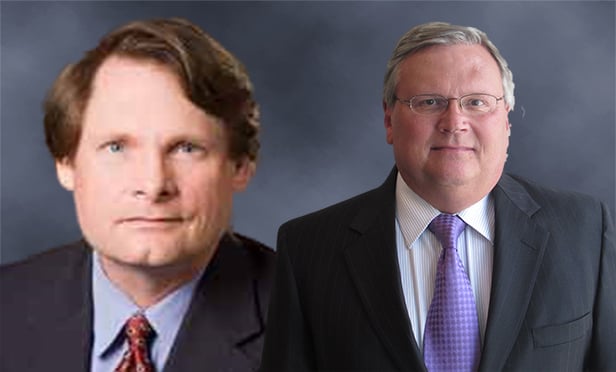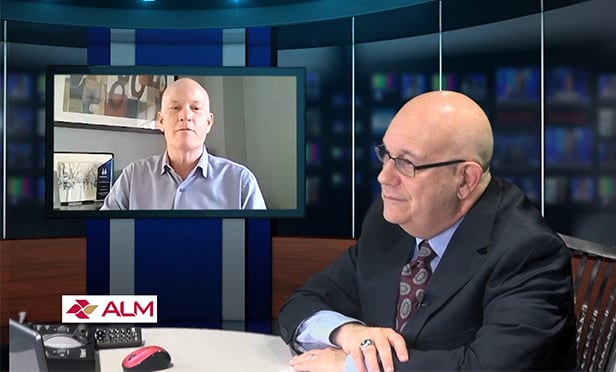The Bloomberg administration's PlaNYC: A Greener, Greater New York, with 127 eco-friendly initiatives to green the city by 2030, earns high marks for leadership from members of the real estate community. They nonetheless point out that proposing the initiatives and realizing them are two very different things.
"If you look at PlaNYC, it's very comprehensive but it's not specific," says Joan Blumenfeld, design principal for interiors at architectural firm Perkins + Will and president of the New York chapter of the American Institute of Architects. "It lays out very broad principles, but it doesn't explain how those principles are going to be achieved. The devil's going to be in the details."
Richard T. Anderson, president of the New York Building Congress, calls the mayor's plan "a big plus for design, construction and real estate in New York City, because it strengthens the city in ways that make us more competitive. At the same time, it will raise costs, and of course there is always a question of whether or not the benefits will surpass the amount spent on these additional steps."
Recommended For You
Want to continue reading?
Become a Free ALM Digital Reader.
Once you are an ALM Digital Member, you’ll receive:
- Breaking commercial real estate news and analysis, on-site and via our newsletters and custom alerts
- Educational webcasts, white papers, and ebooks from industry thought leaders
- Critical coverage of the property casualty insurance and financial advisory markets on our other ALM sites, PropertyCasualty360 and ThinkAdvisor
Already have an account? Sign In Now
*May exclude premium content© 2025 ALM Global, LLC, All Rights Reserved. Request academic re-use from www.copyright.com. All other uses, submit a request to [email protected]. For more information visit Asset & Logo Licensing.








